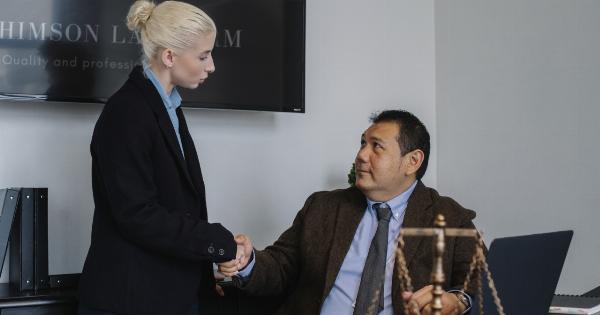It’s common to make quick judgments about someone based on their appearance, whether it’s what they’re wearing, how they look, or how they present themselves. However, these snap judgments can be harmful and inaccurate.
Why Do We Make Snap Judgments About Appearance?
One reason we make snap judgments about appearance is that it’s an easy way to process information. Our brains are wired to quickly categorize information, and appearance is an obvious and easily observable trait.
Another reason is that we live in a society that values physical appearance, and we’ve been conditioned to believe that someone’s appearance is a reflection of their worth or personality. This belief is reinforced by media and advertising.
How Do Snap Judgments Affect Others?
Making snap judgments about someone based on their appearance can be harmful in several ways. For one, it can perpetuate stereotypes and discrimination.
It can also lead to missed opportunities for genuine connection and learning from people who may have different perspectives and experiences.
Furthermore, people who are judged based on their appearance may develop low self-esteem and feel like they don’t belong. This can be particularly damaging for individuals who already face discrimination or bias in society.
What Can We Do Instead?
Instead of making snap judgments based on appearance, we can practice empathy and curiosity. We can recognize that everyone has a unique story and perspective, and seek to learn from them.
Rather than assuming someone is a certain way based on their appearance, we can approach them with an open mind and a desire to understand them.
This doesn’t mean that we always have to agree with each other, but it does mean that we can approach others with empathy and respect.
How Can We Combat Our Own Biases?
Recognizing our own biases is the first step in combatting them. We can start by paying attention to our thoughts and feelings when we make snap judgments about others based on their appearance.
We can question why we are making those judgments, and whether they are fair or accurate.
We can also expose ourselves to diverse perspectives and experiences, and challenge ourselves to see things from different points of view.
This can involve reading books by diverse authors, or seeking out conversations with people who have different backgrounds or life experiences than us.
Conclusion
Making snap judgments about others based on their appearance is a common but harmful practice.
Rather than perpetuating stereotypes and discrimination, we can approach others with empathy and curiosity, recognizing that everyone has a unique story and perspective. By recognizing our own biases and challenging them, we can create a more inclusive and accepting society.






























